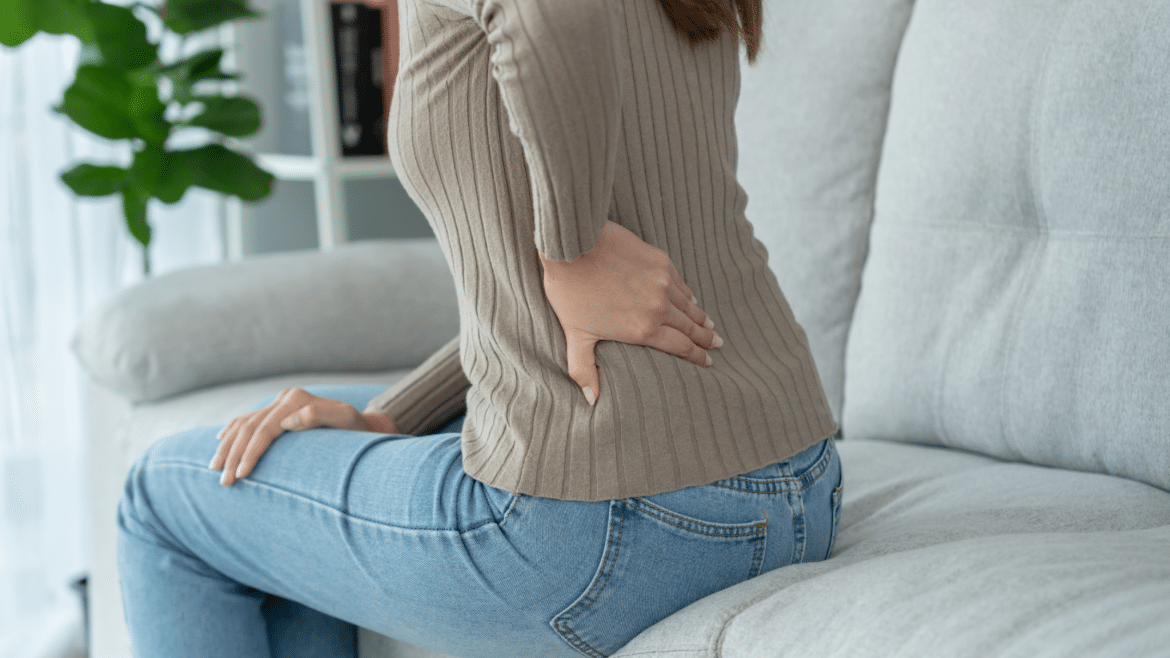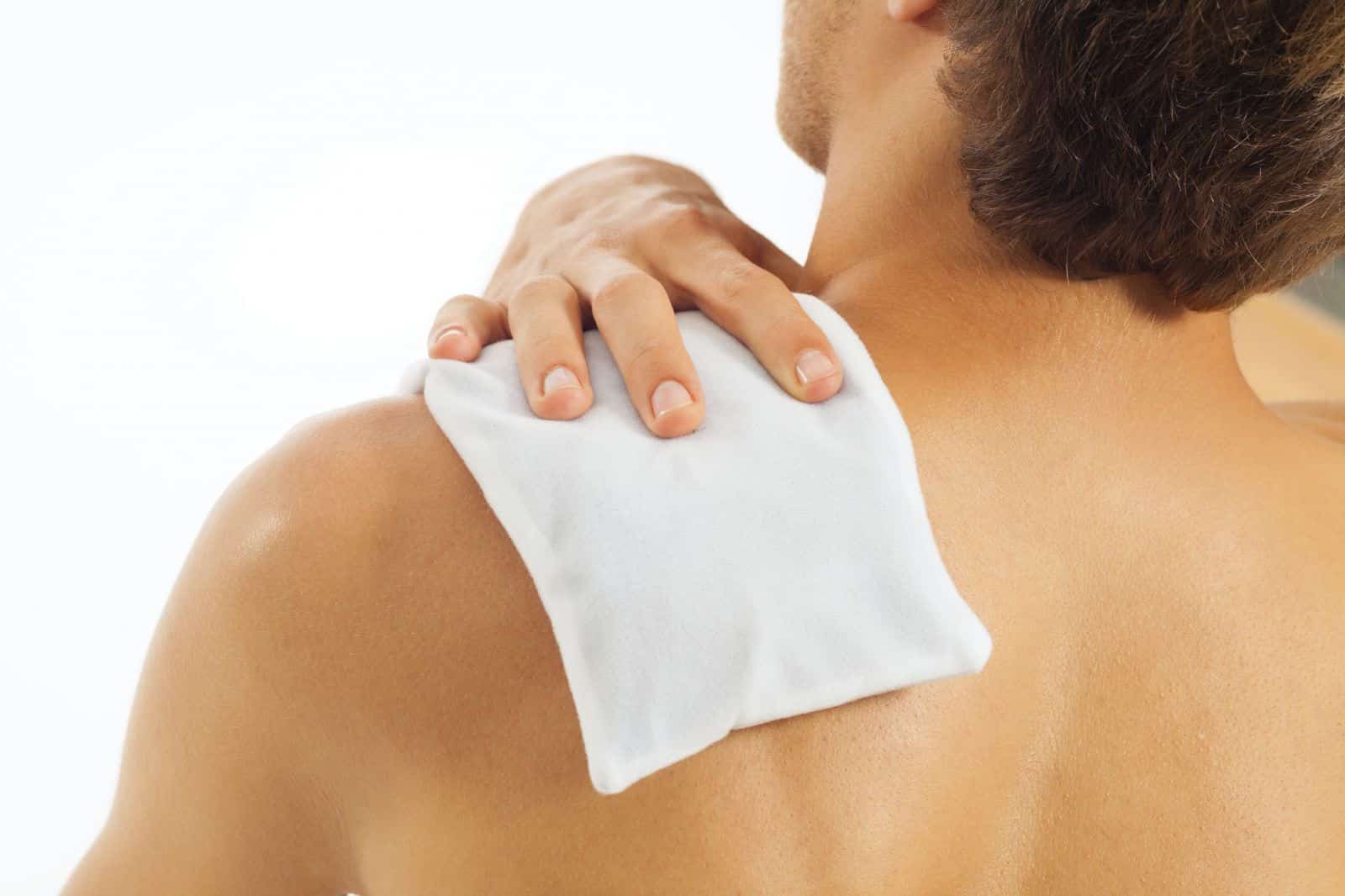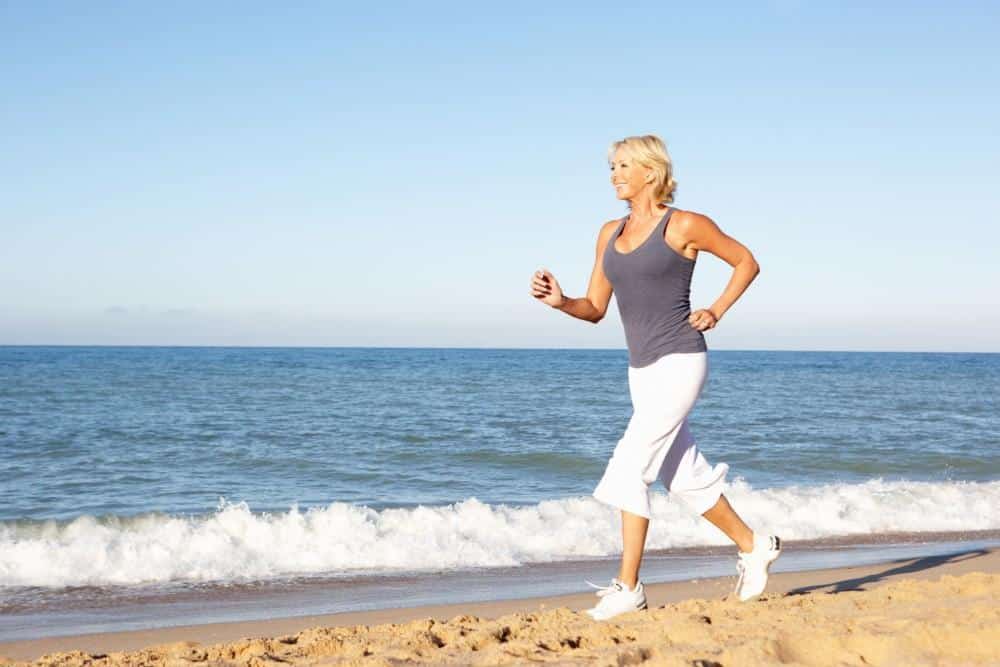Scoliosis is a condition that affects millions of adults worldwide, causing a curvature in the spine that can lead to chronic pain and discomfort. For those living with adult scoliosis, finding effective pain relief can be a constant challenge. In this article, we will explore the various treatment options available to ease the curve and provide much-needed relief for those suffering from this debilitating condition.
From non-invasive techniques such as physical therapy and bracing to more invasive surgical interventions, we will delve into the latest advancements in scoliosis treatment, offering hope and practical solutions for those seeking to improve their quality of life. Join us as we uncover the keys to easing the curve and finding peace from the pain of adult scoliosis.
Approaches for Pain Relief
Adult scoliosis can be difficult to manage, as the curvature of the spine can lead to chronic pain and discomfort. When it comes to scoliosis treatment in adults, there are several approaches that can be tailored to each individual’s specific needs.
Non-invasive techniques such as physical therapy and bracing can help to strengthen the muscles surrounding the spine and improve posture, reducing pain and discomfort in the long term.
For those whose scoliosis is severe and causing significant pain, surgical interventions may be necessary. Advances in surgical techniques have made it possible to correct the curvature of the spine and relieve pain for many adults with scoliosis.
However, surgery is not always the best option for everyone, and it is important to consult with a healthcare provider to determine the most appropriate treatment plan based on individual circumstances. Overall, pain relief for adult scoliosis is possible with the right combination of treatments and therapies, allowing individuals to lead more comfortable and active lives.
Medication Therapy or Both?
When it comes to managing pain associated with adult scoliosis, there are various treatment options available, each with its own set of pros and cons. Non-invasive approaches such as physical therapy and bracing can help improve posture and strengthen the muscles surrounding the spine, alleviating some of the discomfort caused by the curvature.
However, these methods may only provide long-lasting relief for some and may require ongoing maintenance to be effective.
On the other hand, more invasive treatments like surgery can offer more permanent solutions by correcting the curvature of the spine and reducing pressure on the nerves that cause pain. While surgery can be highly effective in relieving pain and improving function, it also comes with risks and potential complications that must be carefully considered.
Ultimately, the best approach to pain management for adult scoliosis will depend on the individual’s specific condition, preferences, and overall health status. Consulting with a healthcare provider specialising in spinal conditions can help patients make informed decisions about their pain management strategy.
Lifestyle Adjustments for Pain Reduction
Living with adult scoliosis can be a daily struggle, but making small lifestyle adjustments can help alleviate some of the discomfort associated with the condition. One of the most effective daily habits for pain reduction is regular exercise.
Low-impact activities such as swimming, yoga, and Pilates can help strengthen the muscles that support the spine, which can help alleviate pain and improve posture. Practising good posture throughout the day by sitting and standing up straight can also help reduce strain on the spine and alleviate discomfort.
Another important lifestyle adjustment for pain reduction is maintaining a healthy weight. Excess weight can put added pressure on the spine, exacerbating the curvature and resulting in more pain. Eating a balanced diet and incorporating regular exercise into your routine can help manage weight and reduce strain on the spine.
Practising stress-reducing techniques such as meditation or deep breathing exercises can help manage pain by reducing muscle tension and promoting relaxation. By incorporating these daily habits into your routine, you can help ease the curve of adult scoliosis and find much-needed pain relief.




